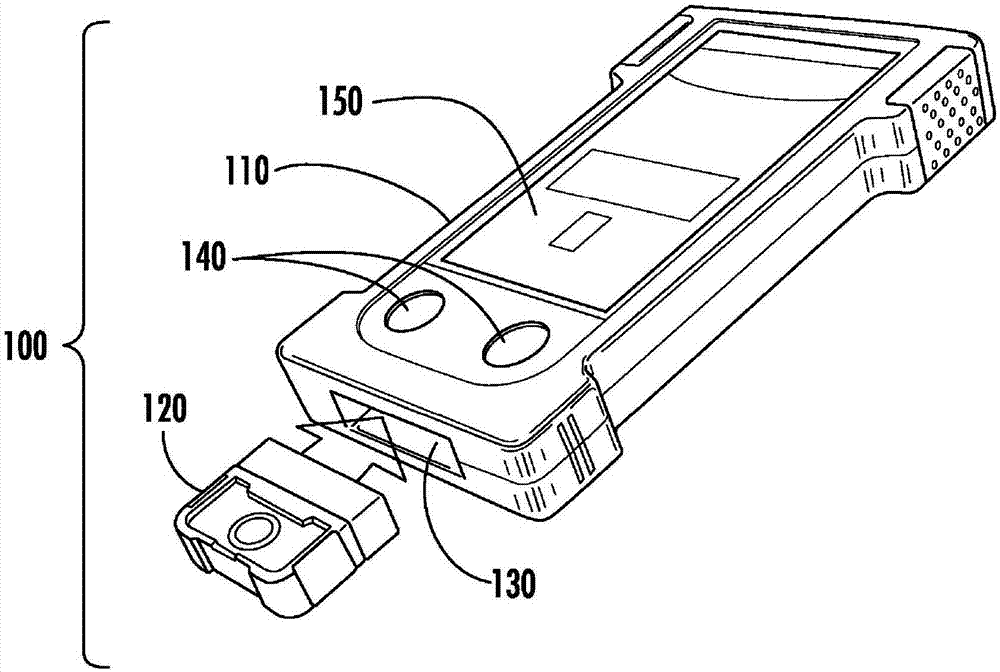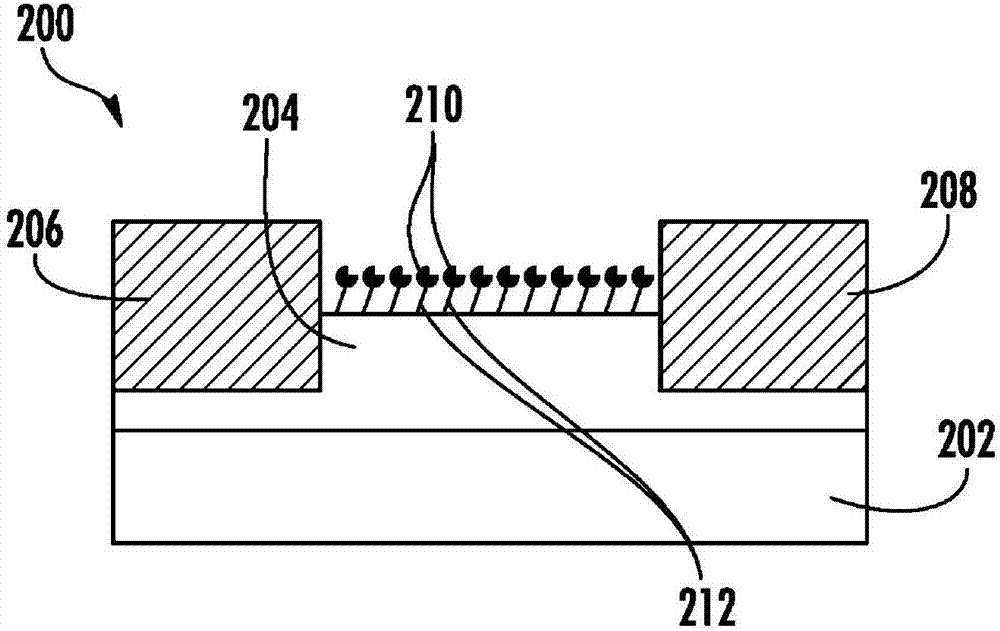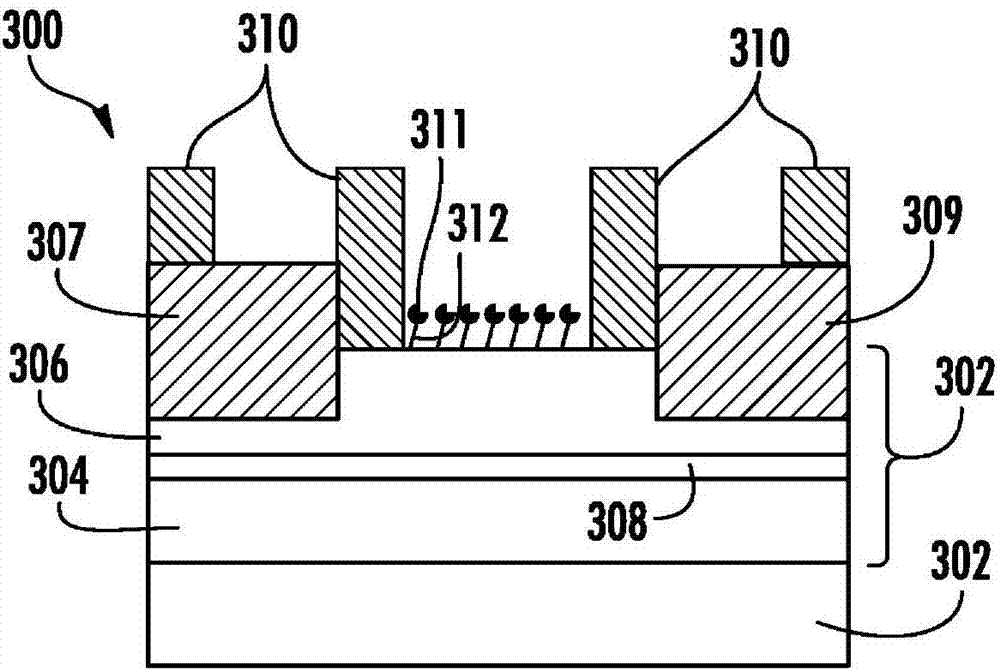Devices, systems, and methods for the detection of analytes
A technology for analytes and target analytes, which is applied in the analysis of materials, biological materials, and materials analysis by electromagnetic means, and can solve the problems of long incubation time and time-consuming
- Summary
- Abstract
- Description
- Claims
- Application Information
AI Technical Summary
Problems solved by technology
Method used
Image
Examples
Embodiment 1
[0105] Example 1: Handheld sensor for detection and quantification of Salmonella
[0106] Salmonella bacteria are a major public health problem. Salmonella enterica is estimated to cause approximately 1 million infections per year in the United States alone. Salmonella is mainly transmitted through contaminated food sources. Accurate detection of Salmonella spp. during harvest, food processing, manufacturing, and transportation is critical to preventing the spread of Salmonella spp. However, existing diagnostic methods (PCR, ELISA) are time consuming (>48 hours to result) and require long incubation times (>12 hours). Improved rapid devices, systems and methods for detecting and quantifying analytes such as Salmonella offer the potential to reduce the spread of foodborne illness.
[0107] Presentation of the Proposed Handheld ProteoSense Enteric Salmonella Detector
[0108] The ProteoSense Salmonella enterica detector is a device that rapidly detects analytes based on thei...
Embodiment 2
[0144] Example 2: Process Control Sensors for Detection and Quantification of Listeria
[0145] Listeria bacterium is a major public health concern. Many species of Listeria have been identified, several of which can cause disease in humans. The most problematic species is Listeria monocytogenes, which causes many infections per year in the US alone. Although the infection rate caused by Listeria is lower than that caused by Salmonella, the mortality rate of listeriosis (ie, infection caused by Listeria) is close to 50%, and the average medical cost exceeds $1M per case. Listeria is endemic in the environment, where it thrives in the cool, moist conditions commonly found in food processing plants. Listeria spp. are occurring with increasing frequency in a wide range of raw and processed foods. Accurate detection of Listeria spp. during harvest, processing, manufacturing, and transportation is critical to preventing its spread. A common source of Listeria contamination is t...
PUM
| Property | Measurement | Unit |
|---|---|---|
| thickness | aaaaa | aaaaa |
| thickness | aaaaa | aaaaa |
| thickness | aaaaa | aaaaa |
Abstract
Description
Claims
Application Information
 Login to View More
Login to View More - R&D
- Intellectual Property
- Life Sciences
- Materials
- Tech Scout
- Unparalleled Data Quality
- Higher Quality Content
- 60% Fewer Hallucinations
Browse by: Latest US Patents, China's latest patents, Technical Efficacy Thesaurus, Application Domain, Technology Topic, Popular Technical Reports.
© 2025 PatSnap. All rights reserved.Legal|Privacy policy|Modern Slavery Act Transparency Statement|Sitemap|About US| Contact US: help@patsnap.com



